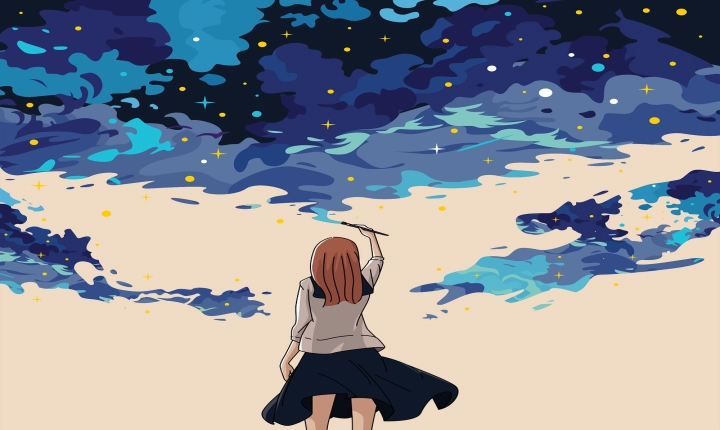Converting an AI (Adobe Illustrator) file to a JPEG format can often be a necessity when you need to share your work with others who may not have access to design software. AI files are primarily used for vector graphics and are not as widely supported as JPEG files, which are standard for images on the web and in most document formats. In this article, we’ll explore the steps for converting an AI file to a JPEG format.
Method 1: Using Adobe Illustrator
1. Open the AI file in Adobe Illustrator: Start by opening the AI file that you want to convert to a JPEG in Adobe Illustrator.
2. Adjust the artboard: If your AI file contains multiple artboards, ensure that the artboard you want to convert is selected. You can adjust the artboard size to fit the content before exporting.
3. Export as JPEG: Go to File > Export > Export As. In the dialog box that appears, select JPEG as the format. You can then choose the quality and resolution settings for the JPEG file.
4. Click Export: Once you have chosen the desired settings, click on the “Export” button. Choose a location to save the JPEG file and click “Save.”
Method 2: Using Adobe Photoshop
1. Open the AI file in Adobe Photoshop: You can open the AI file directly in Adobe Photoshop by selecting “File” > “Open” and choosing the AI file.
2. Convert to a rasterized layer: Once the AI file is open in Photoshop, it will prompt you to convert the AI layers to Photoshop layers. Choose the appropriate options for your design and click “OK.”
3. Save as JPEG: After converting to Photoshop layers, you can now save the file in JPEG format. Go to “File” > “Save As” and choose JPEG as the format. Adjust the quality and other settings as needed before saving.
Benefits of converting AI to JPEG
1. Compatibility: JPEG files are supported by almost all image-viewing programs and devices, making it easier to share your designs with others.
2. Smaller file size: JPEG files are often smaller in size compared to AI files, which can be beneficial for sharing via email or uploading to the web.
3. Easy to use for non-designers: Not everyone has access to Adobe Illustrator or other design software, so converting to JPEG makes it easier for non-designers to view and use the images.
In conclusion, converting an AI file to a JPEG format is a simple process that can be done using software like Adobe Illustrator or Adobe Photoshop. This allows for easy sharing and viewing of designs across different platforms. Whether you’re sharing your work with clients, colleagues, or friends, converting to JPEG ensures that your designs are easily accessible and usable by others.
